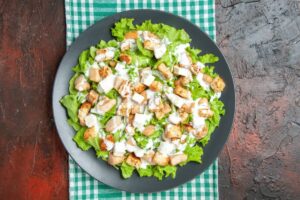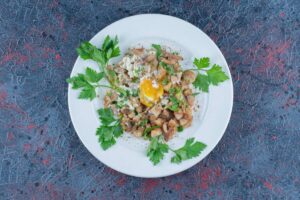The Food & Recipes Blog
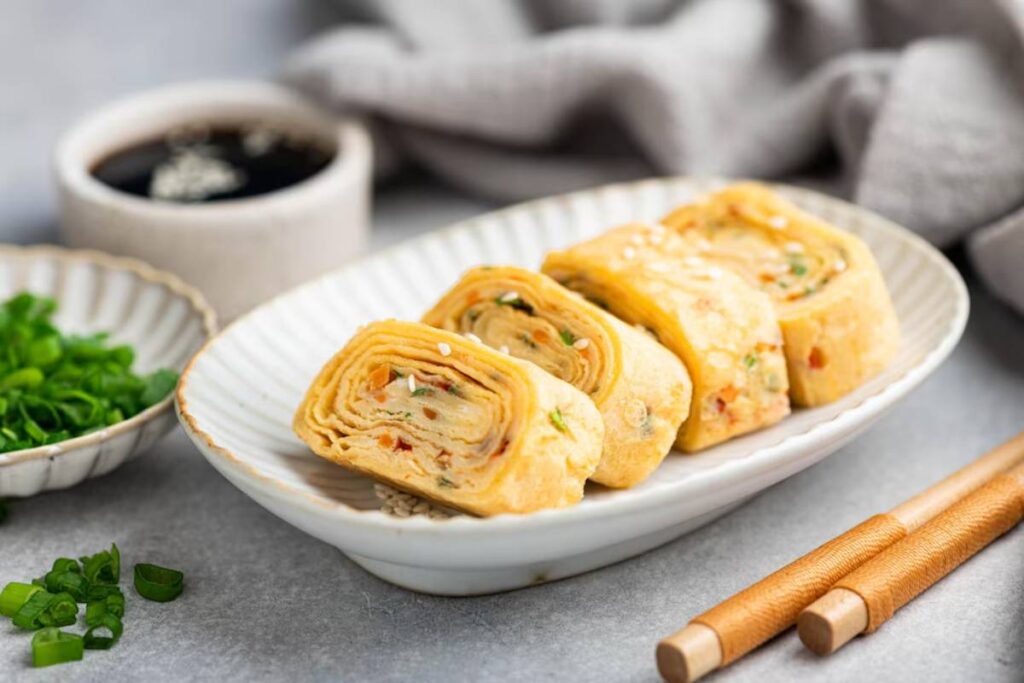
Egg Roll in a Bowl – Quick Low-Carb Dinner
In the landscape of home cookery, where the dinner hour often collides with fatigue, expectation, and a dwindling willingness to entertain complexity, the appeal of the deconstructed dish—provided it is executed with more purpose than novelty—remains enduring. This so-called Egg Roll in a Bowl is one such artefact: a reconstruction not of form, but of flavour and intent.
The term “deconstructed” has, in recent culinary parlance, suffered from a certain theatrical misuse, becoming shorthand for disassembly without reinterpretation. But here, in this instance, the removal of the wrapper is not a gimmick; it is a declaration of essentialism. What remains is not a skeletal facsimile of a Chinese-American appetiser, but a warm, immediate bowl of food wherein cabbage and pork meet garlic, ginger, soy, and heat—nothing more, and critically, nothing less.
This is food for the pragmatist. Food that acknowledges time as a constraint rather than an enemy. It is not the absence of the fried shell that defines this dish, but the presence of proportion, pace, and discipline in its stead.
Ingredients (Serves 2)
- 250g ground pork, or turkey if one must lean
- 1 tbsp toasted sesame oil, dark and aromatic
- 2 cloves garlic, minced until almost creamy
- 1 tsp ginger, grated—fresh, fibrous, not bottled
- 2 spring onions, whites and greens reserved separately
- 2 heaped cups shredded cabbage, preferably napa or savoy
- 1 carrot, julienned or roughly grated
- 1 tbsp soy sauce, low-sodium, though the dish does not apologise for salt
- 1 tsp rice vinegar, unseasoned
- Optional: red chilli flakes, a dash of fish sauce, or sriracha
- To finish: sesame seeds, spring onion greens, coriander, lime
Method
1. Begin where flavour begins: with fat, heat, and protein. Warm the sesame oil in a broad, heavy-bottomed pan—something that encourages surface area rather than depth. Introduce the pork, spreading it flat and leaving it untouched long enough for the bottom layer to develop a subtle crust. Only then begin to break it apart, coaxing browning rather than enforcing it. Add the garlic, the ginger, and the whites of the spring onion. Stir minimally. Let aroma precede action.
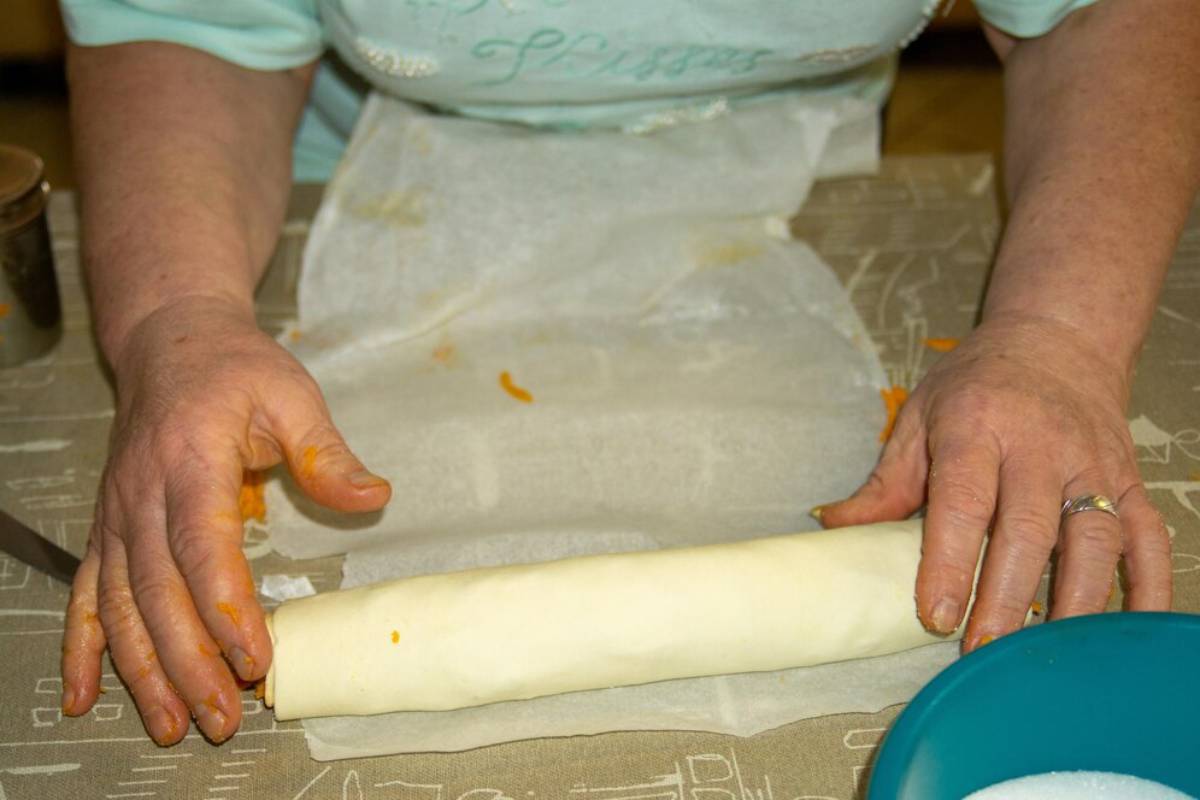
2. Fold in the structure: Cabbage and carrot enter next, unceremoniously. They are not to be sautéed into submission, but softened just enough to yield. Add soy and vinegar, and perhaps a flicker of heat if the day demands it. Allow moisture to release, reduce, and evaporate until the contents of the pan appear cohesive, glossed but not wet, tangled but not collapsed.
3. Compose the bowl: Divide the mixture into low, wide vessels. Garnish not with extravagance but with intention—scallion greens for freshness, sesame for textural contrast, herbs or acid only if they align with your palate’s geography that evening.
Technique Over Nostalgia
The mistake, often, is to treat this dish as an apologetic homage—an attempt to mimic something it no longer resembles. This is not the interior of an egg roll, stripped of its casing and offered as diet food. It is, instead, a structurally distinct entity, retaining the aromatic logic of its namesake while shedding the ornamental casing that defined its commercial identity.
What emerges is not a lesser thing, but a new one: a bowl in which the interplay of fat and vegetal sharpness replaces crispness; where garlic and ginger animate rather than decorate; where soy functions not as a sauce but as seasoning.
What To Avoid
1. Overhandling the pan: Let the meat sear, not steam. Movement is not inherently productive. Flavour accrues in stillness.
2. Overcooking the cabbage: You want pliancy, not limpness. The cabbage should submit, not surrender.
3. Overseasoning too early: Salt hides when moisture remains. Reduce first, then correct. Soy intensifies as liquid evaporates.
Variations, If They Must Exist
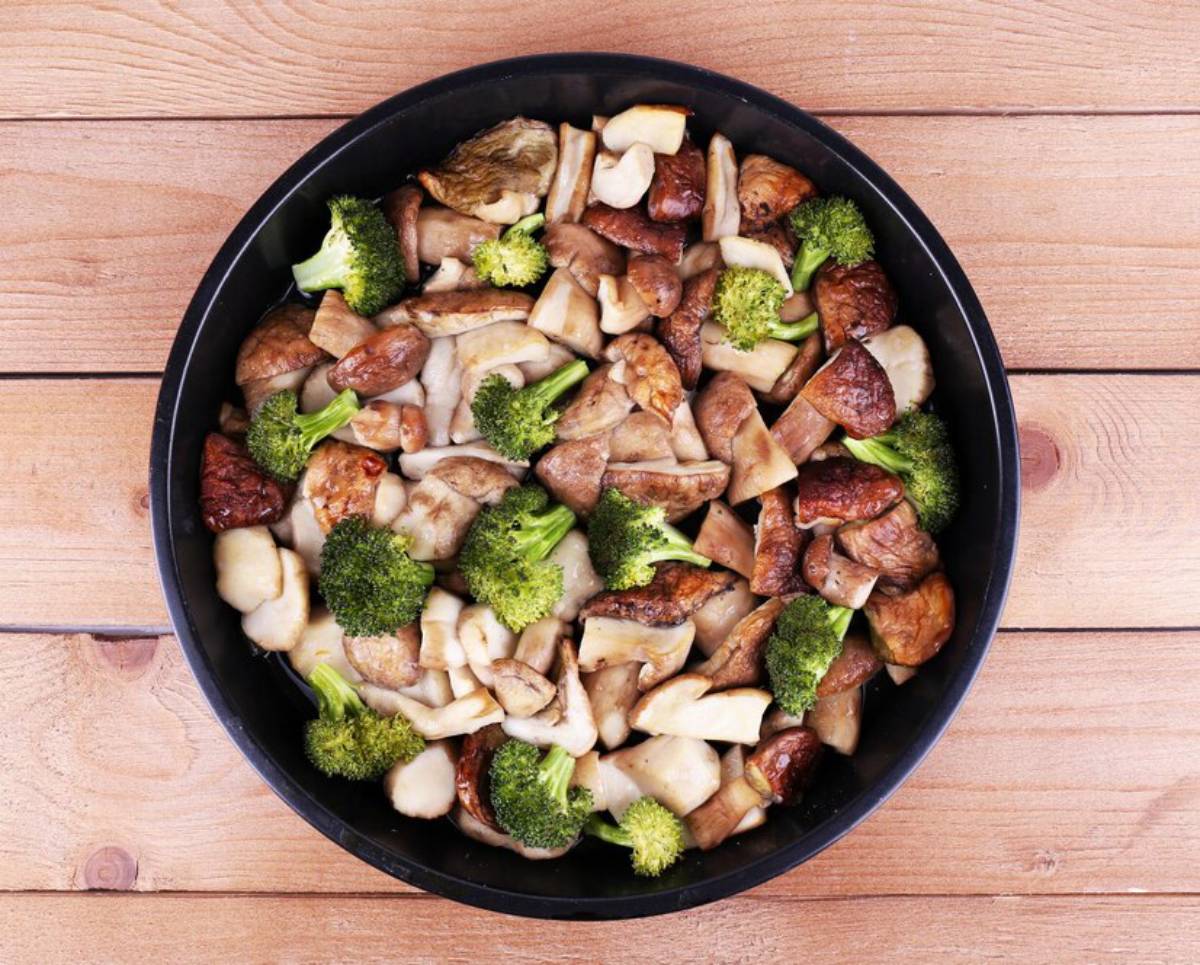
- Tofu can replace meat, but should be pressed, dried, and crisped to avoid inertia.
- Mushrooms, particularly shiitake or oyster, can be introduced for umami—but only after the pork has rendered and flavoured the pan.
- An egg, scrambled at the end or fried separately, can deepen the texture, though it edges the dish closer to stir-fry than bowl.
- Peanuts, crushed and roasted, are welcome—but not essential.
Nutritional Profile (Approximate, per serving)
- Calories: 390
- Protein: 31g
- Carbohydrates: 8g
- Fat: 25g
- Fibre: 3g
This is a meal that happens to conform to low-carbohydrate parameters. But it does not lean on that identity. Its nutritional profile is incidental to its structural integrity.
Closing: On the Value of Restraint
Some meals demand attention with their layers and vibrant garnishes. Welcome to the realm of Egg Roll in a Bowl, where simplicity takes the throne. Here, flavours tango in a harmonious ballet of spice and salt, creating a delightful culinary duet. Each bite showcases an exquisite texture that unfolds beautifully, perfectly timed to delight and engage the senses. This remarkable dish doesn’t merely strive to imitate; instead, it joyfully celebrates the rich authenticity of food in every aspect.
Each ingredient harmonises, creating a symphony of flavours that leaves a lasting impression. It’s not just about convenience—it’s about savouring satisfaction born from respect for ingredients’ true nature. It’s not about reinventing the wheel; it’s about trimming the fat. Clarity emerges like a shining lighthouse in the fog in that sleek simplicity.



